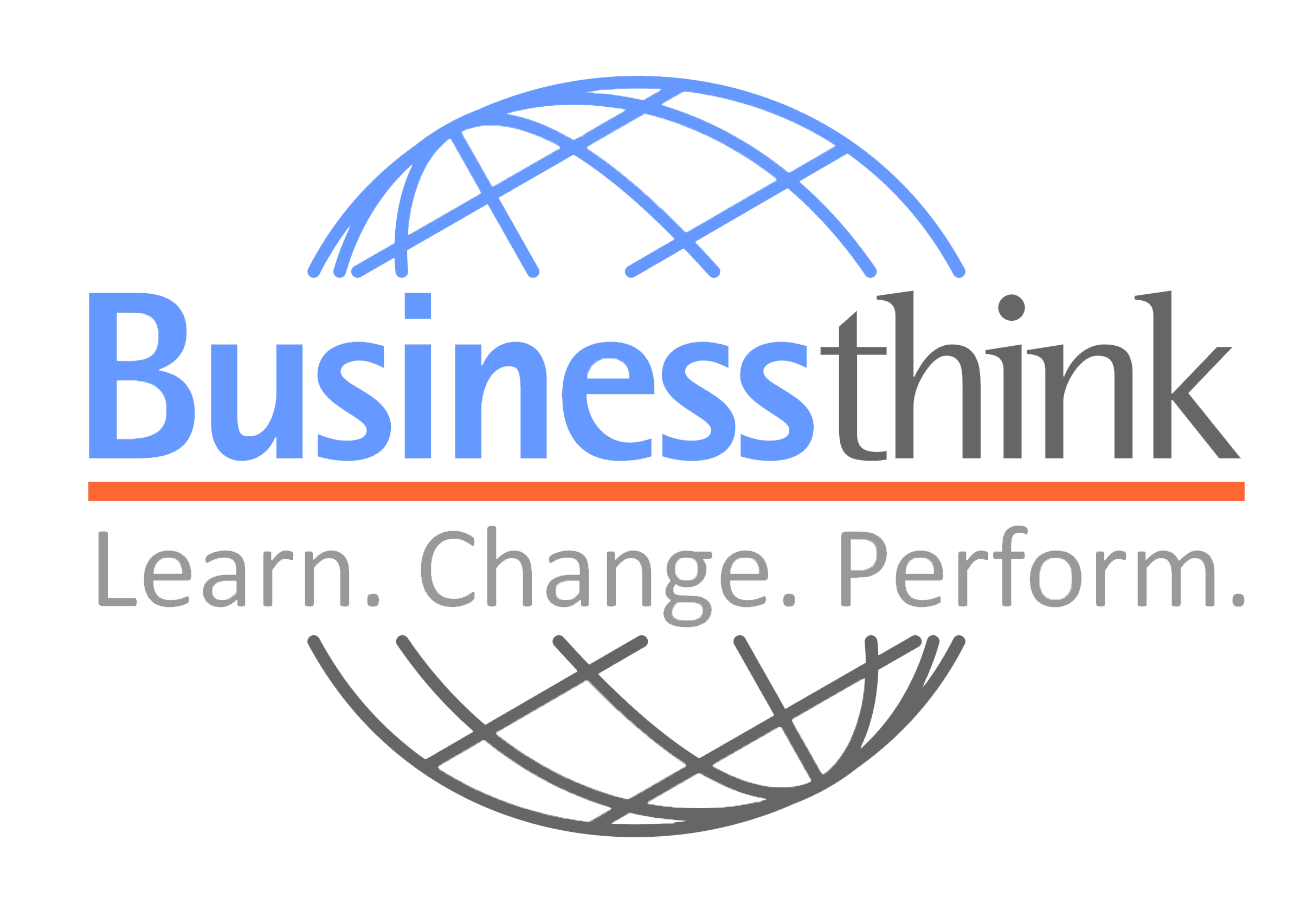
Strategic thinking is a thought process that focuses on analyzing critical factors and variables that will influence the long-term success of a business, team, or individual. It is a process that requires research, analytical thinking, innovation, problem-solving skills, communication and leadership skills, and decisiveness. This article discusses the importance of strategic thinking, strategic thinking in business and leadership, and the components of strategic thinking. It also offers tips on how to improve strategic thinking skills and provides resources for further reading and development.
Why is Strategic Thinking Important?
In today’s rapidly changing and competitive landscape, organizations need to be able to adapt to new trends and opportunities quickly to avoid falling behind. Strategic thinking allows individuals and organizations to anticipate, forecast, and capitalize on opportunities, making them more competitive and successful in the long run. On an individual level, strategic thinking enables people to make a greater contribution in their role, become more essential to their organization, and demonstrate their readiness to take on greater responsibilities.
What is Strategic Thinking in Business?
In business, strategic thinking involves compiling, analyzing, and synthesizing external and internal data and ideas to develop strategic intent and build a strategic narrative. This document will guide the company into the future for a defined period. Leaders then choose and plan specific actions that will accomplish these strategic initiatives. Businesses also need to schedule a time for strategic thinking and reviews throughout the year. Leadership teams should periodically examine their strategic initiatives to ensure execution is taking place, review, and sustain the effort across the organization.
What is Strategic Thinking in Leadership?
Business leaders and stakeholders use strategic thinking and analysis to decide on their product mix, the competitive landscape to compete in (or not compete in), and how limited resources will be allocated such as time, employees, and capital. They must decide how to best structure enroll others to achieve important objectives and avoid putting resources at unnecessary risk of loss.
What are the Components of Strategic Thinking?
The components of strategic thinking include analysis, problem-solving, decision-making, and leading through change. In the analysis phase, individuals or teams will analyze business opportunities and vulnerabilities, assess the feasibility of each idea or risk, consider the costs associated with each move they are considering, determine the likelihood that various tactics will be effective, and evaluate the effects of competitors, suppliers, customers, and new substitutes might have on the strategic plans.
As individuals discover obstacles during the planning process, they will problem-solve by gathering relevant information about the problem, defining the problem from a strategic point of view, brainstorming possible solutions, imagining further challenges, and delegating assignments of various parts of this strategy to key associates. Strategic thinking requires agility and decisiveness in choosing a plan and sticking with it. However, individuals have to be aware of new, more promising opportunities. It is a balancing act between consistency and flexibility.
Individuals and their teams will make sure decisions are well-informed by thorough research, choose objectives and accompanying metrics, prioritize objectives, follow a standard decision-making process, and build consensus when necessary. During strategic planning, individuals will communicate ideas to their staff and gather feedback from them. They’ll then use effective channels to communicate a compelling vision of the completed plan to all employees and keep them focused on their contribution to the plan.
How to Improve Strategic Thinking Skills?
Improving strategic thinking skills requires setting aside time to reflect and plan for the future, uncovering biases, listening to subject matter experts and opinion leaders in an organization, asking good questions to uncover better options and plans, and exploring all the consequences of different strategies and directions. There are many resources available to individuals and teams looking to improve their strategic thinking skills, including books, workshops, and training sessions.
Conclusion
In conclusion, strategic thinking is an essential skill that individuals and organizations must cultivate to succeed in today’s dynamic and competitive environment. It involves a deliberate and analytical thought process that anticipates future opportunities and threats, evaluates available resources, and devises plans and strategies to achieve long-term goals.
Through strategic thinking, individuals can make a greater contribution to their organizations and demonstrate their readiness to take on greater responsibilities. Business leaders can use strategic thinking to make important decisions on product offerings, resource allocation, and competitive positioning.
To improve strategic thinking skills, individuals should set aside time to reflect, uncover their biases, listen to subject matter experts, ask good questions, and explore the consequences of different strategies. Attending workshops and reading relevant books can also be helpful in enhancing strategic thinking abilities.
Overall, strategic thinking is not a one-time activity, but a continuous process that requires flexibility and agility to adapt to changing circumstances. By integrating strategic thinking into their daily routines, individuals and organizations can stay ahead of the curve and achieve long-term success.

